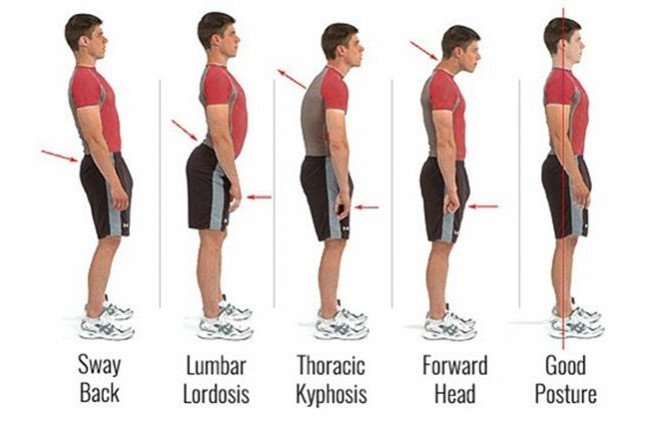Posture corrector trainers assist in providing the necessary support to maintain a proper posture. They help lift the body into an aligned position, ensuring that the spine and other skeletal structures are correctly positioned.
Alleviation of Stress and Discomfort:
By promoting correct posture, these trainers alleviate undue stress and discomfort that often result from poor alignment or posture. This relief can significantly reduce aches and discomforts commonly experienced in the neck, shoulders, and back areas.
Reduction of Muscle Strain and Tension:
The supportive nature of posture corrector trainers helps reduce muscle strain and tension. This is particularly beneficial for individuals prone to muscle stiffness or those recovering from injuries, as it lessens the strain on the muscles and ligaments.
Support for Weakened Muscles and Injuries:
Individuals with weakened muscles or those recovering from injuries can benefit from the added support provided by these trainers. By offering targeted support, they help stabilize vulnerable areas, aiding in the healing process and preventing further strain or injury.
Stabilization of the Body’s Framework:
Posture corrector trainers play a crucial role in stabilizing the body’s framework. By providing consistent support and alignment, they reduce strain and stress on vulnerable areas, ensuring that the body maintains a balanced and stable posture.
Promotion of Muscle Recovery and Healing:
The supportive nature of posture corrector trainers promotes faster muscle recovery and optimal healing. By reducing strain on injured or weakened muscles, they create an environment conducive to healing, allowing muscles to recover more effectively.
Minimization of Risk to Existing Injuries:
By offering targeted support and alignment, posture corrector trainers minimize the risk of aggravating existing injuries. They provide the necessary stability to vulnerable areas, ensuring that individuals can move and function without exacerbating their condition.
In essence, posture corrector trainers serve as valuable tools in managing pain, promoting proper posture, and supporting overall musculoskeletal health. Their ability to provide targeted support, alignment, and stability makes them beneficial for individuals looking to alleviate discomfort, reduce muscle strain, and promote healing.





